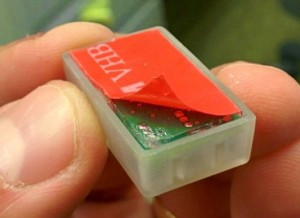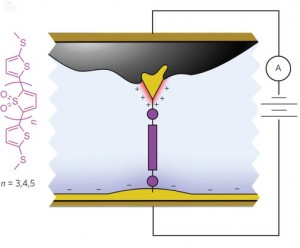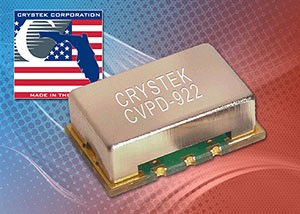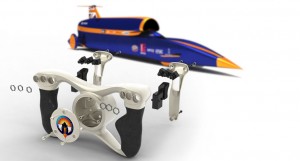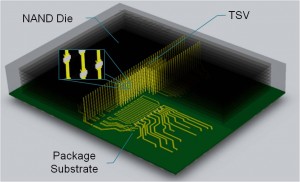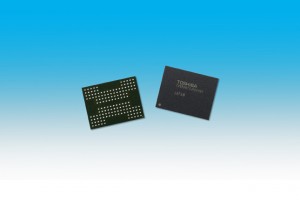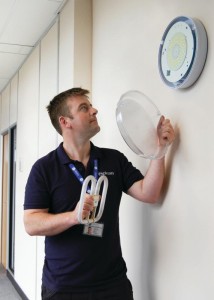
Plessey is retrofitting its Plymouth manufacturing facility with LEDs and lighting modules made on-site.
Plessey is retrofitting its Plymouth manufacturing facility with LEDs and lighting modules made on-site.
It will replace fluorescent tubes and compact fluorescent bulbs in existing fixtures – approximately 2,700 fixtures replacing 4,200 fluorescent lamps – for which it has designed retrofit kits.
“LED retrofit kits offer the facilities engineers and installation contractors a cost effective, quick and easy method to take advantage of the new technology, said Plessey facilities engineer Thomas Abbott. “It only takes five to 10 minutes to retrofit a fixture.”
There are three main types of fixture: batten, pod-style down-light and reflector ceiling troffer, plus high bay and low bay HID fixtures.
Current site lighting power consumption per year is 1,000,000kW/h costing £100,000, said the firm, plus approximately £5,000 in materials and 200 man hours annually.
“Once the retrofit is completed, the company would expect to see 25% – 40% reduction in lighting electricity consumption, saving tens of thousands of pounds per year,” said Plessey.
See also: Plessey selling GaN-on-Si LED die
See also: Plessey goes into LED light bulb ‘filament’ production
View more Plessey stories on Electronics Weekly »

